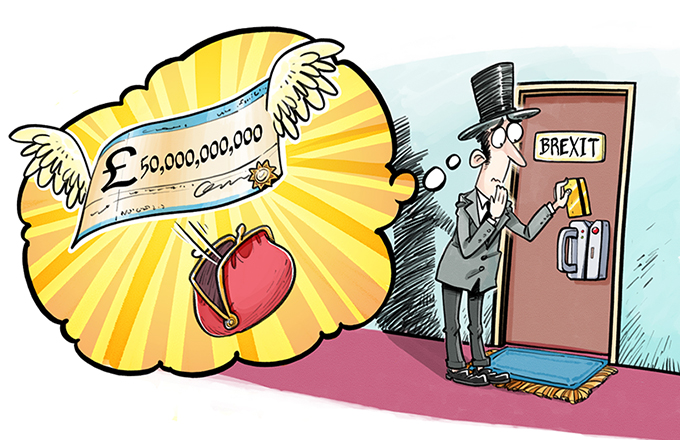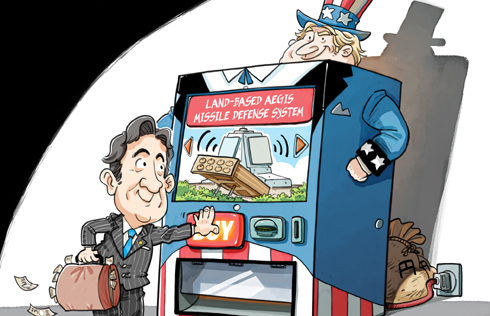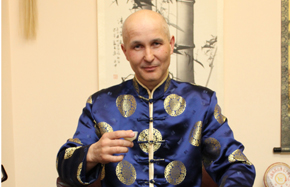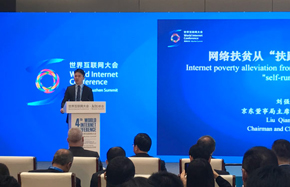Smoggy skies call for revival of Olympic strategy
Ask any seasoned Beijing resident about the best time to visit the city, and he or she may probably tell you that the capital is at its nicest in September and October with beautiful scenery, balmy breeze and clear, blue skies.
But as a thick, apocalyptic smog shrouded the city during most days of the weeklong National Day holiday that ended on Monday, some local experts now say the time was the worst in a year for those headed to the Great Wall or taking a walk in imperial parks or old alleys.

Tourists visit the smog-enveloped Tian'anmen Square in Beijing, capital of China, Sept. 29, 2013. [Photo by Wang Yueling/Xinhua]
Although it may sound counterintuitive to many locals, a professor of the environment at the prestigious Peking University has discovered what he calls a historical pattern of bad air quality that starts from the end of September and continues until the first half of October because of stagnant weather conditions inductive to heavy pollution. To make things worse, experts have long claimed that Beijing also has the bad luck of being surrounded by mountains that trap smog. So when air pollution worsens, the best people can do is probably to stay indoors until strong winds blow away the particulate matter.
Such explanations appear intriguing. But most people have responded with derision saying the experts are barking up the wrong tree and have failed to address more important, human causes of worsening pollution woes, such as the abandonment of a costly but effective anti-pollution strategy in favor of economic growth.
To ensure clear skies for the Beijing 2008 Olympic Games, work on dusty real estate construction sites was halted and polluting local factories were either closed or allowed to function only part-time, while 1.5 million cars were garaged as the city authorities banned vehicles with license plates ending with odd and even numbers from the roads on alternate days.



















